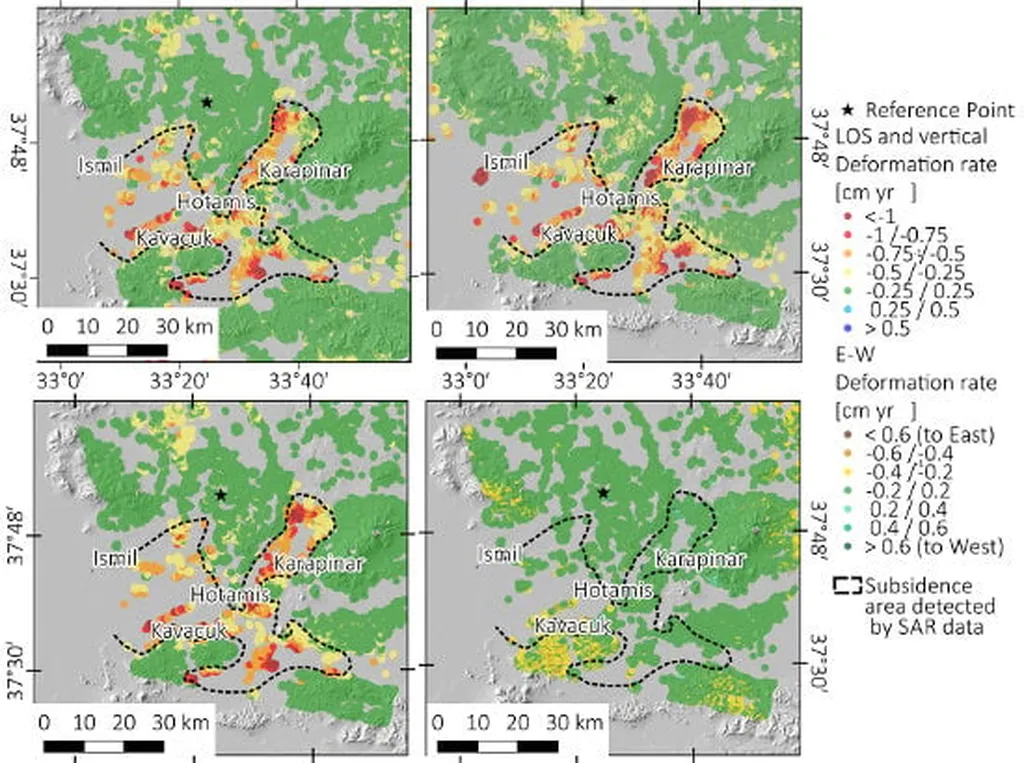In the quest for sustainable energy solutions, a groundbreaking study led by Iman Zandi from the University of Tehran’s Department of GIS has pinpointed optimal locations for solar power plants in Iran’s Kermanshah Province. Published in the journal Nature Scientific Reports, the research employs a sophisticated GIS-based Fermatean Fuzzy MCDM approach to identify areas that could significantly boost the region’s renewable energy capacity.
The study underscores the importance of transitioning to renewable energy sources for sustainable, cost-effective, and clean electricity generation in Iran. Given Iran’s prime location within the global solar belt, solar power plants (SPPs) present a promising avenue for development. However, the challenge lies in determining the most suitable locations for these installations.
Zandi and his team addressed this challenge by leveraging the Fermatean Fuzzy Step-wise Weight Assessment Ratio Analysis (FFSWARA) method. This approach effectively models the uncertainties in experts’ opinions and determines reliable criteria weights. The analysis identified solar radiation as the most critical factor, with a weight of 0.12, highlighting its pivotal role in solar power plant site selection.
To aggregate spatial criteria, the researchers employed the Root Assessment Method (RAM) and the Compromise Ranking of Alternatives from Distance to Ideal Solution (CRADIS) method. The resulting suitability maps revealed that 10% of the study area is highly suitable for SPP construction. Developing SPPs across 153 square kilometers of these areas could meet the province’s electricity demands and prevent 2.84 million metric tons of CO₂ emissions.
“The RAM-derived suitability map provides a reliable and stable foundation for decision-makers to plan and manage sustainable electricity production in Kermanshah Province,” Zandi explained. This research not only aids in identifying optimal sites for solar power plants but also contributes to the broader goal of reducing carbon emissions and promoting renewable energy adoption.
The study’s findings have significant implications for the energy sector, particularly in regions with high solar potential. By providing a robust methodology for site selection, the research can accelerate the deployment of solar power plants, enhancing energy security and sustainability.
As the world continues to grapple with climate change and the need for clean energy, studies like Zandi’s offer valuable insights and tools for transitioning to a more sustainable future. The research published in Nature Scientific Reports, serves as a testament to the power of advanced analytical methods in shaping the energy landscape.

